The Ministry of Defence has significantly reduced the time it takes for new recruits to join the UK Armed Forces and is implementing further reforms to streamline the process, according to a written response published on 30 April 2025.
Responding to a question from Ian Roome MP (Liberal Democrat – North Devon), Defence Minister Luke Pollard acknowledged historic challenges in recruitment but stated that the Government is actively reversing the trend.
“The Government inherited a crisis in recruitment and we are focused on improving Armed Forces recruitment,” he said.
Pollard confirmed that the median time for a candidate to complete the recruitment process and enter service has been reduced from a peak of 475 days in 2022 to 290 days in 2024 — a 39% decrease. He added that all three Services are continuing to explore ways to reduce these times further.
To accelerate the process and make the armed forces more accessible to prospective candidates, the Ministry has introduced new recruitment benchmarks. “Recent policies have included setting an ambition to make a conditional offer of employment to candidates within 10 days, and a provisional training start date within 30 days if they desire it,” Pollard said.
These measures are part of a broader reform initiative to create a more responsive and efficient Armed Forces Recruitment Service. The planned service aims to ensure that “highly motivated and capable people can join our Armed Forces” more quickly and with fewer administrative hurdles.
The updates follow continued scrutiny over delays, inefficiencies, and dropout rates within the UK’s military recruitment system, particularly during the COVID-19 pandemic and subsequent years.


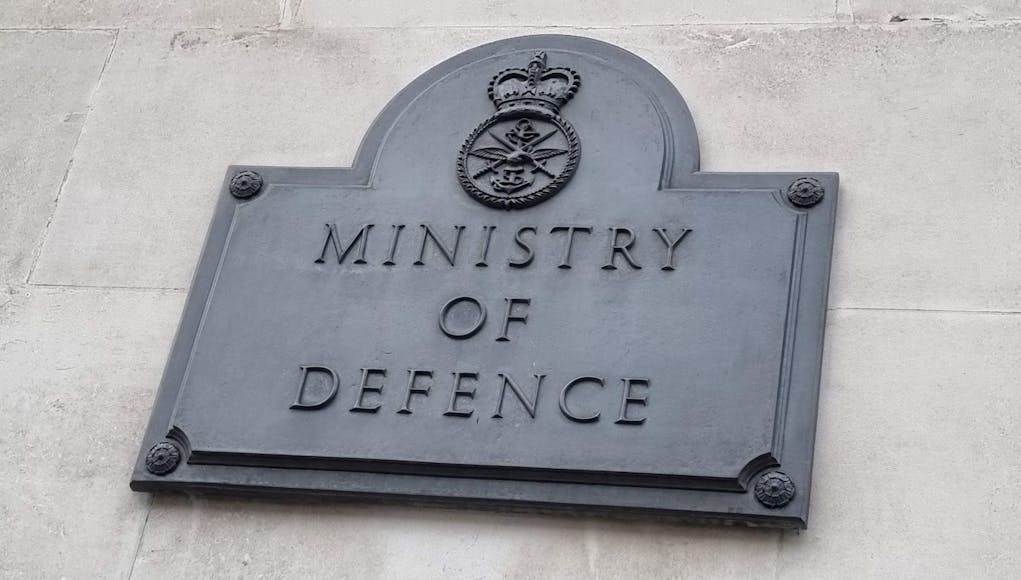
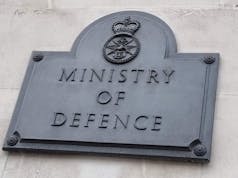
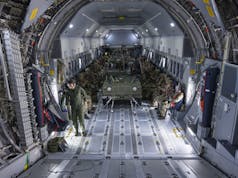
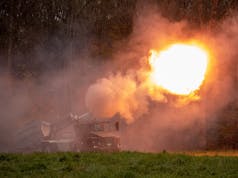


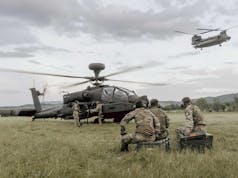

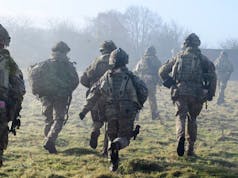
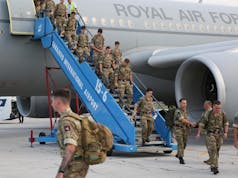
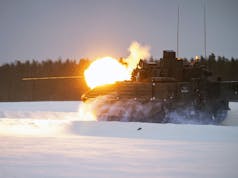

Median time to complete the recruitment process has been reduced to 290days!!! It was 475 days!!!!
How on earth does the ministry of defence expect to recruit people if the process is taking 10 months!!!!
No wonder the armed forces are short of personnel…..
Google pay 92 every hour my last check was 8400 working 10 hours per week on the web. My more youthful sibling companion has been averaging 18k throughout recent months and he works around 24 hours per week. I cannot accept how simple it was once I attempted it out.This is my main thing……….,.,.,.. WORKSTAR1.COM
The vast majority the long wait times are due to the time it takes for a GP to process a request for medical documents. They state 28 days, but some in my experience are waiting 60-90days!
This out of the hands of the recruiters, yet the finger is firmly pointed at them on times.
Enquired mid-July 1959 to join the Royal Navy joined up 1st September 1959 the navy recruiting offices were good at getting you in in those days.
Needs to get below 100 days. That’s over 3 months, more than enough for security checks, etc.
When I joined the biggest gap wasn’t the security checks, it was waiting for a training slot to open. Applied in January, had my initial look at life in Feb/March, went to my assessment in April, basically walked out of the assessment with a tick very good, and told very shortly after that I was hired. But still had to wait until October until I could start phase 1.
In which year did you apply?
First half of the 2010s.
It’s not security checks that holding things up. Response to task set to candidates and mostly the wait for medical information.
Need to get recruitment time down to something like civil times – 60-80days.
I would say 6-8 days is achievable. Clearly there may be some ongoing checks going on. But get on with basic training etc. with the basic checks done should not cause an issue.
6-8 or 68days?
Should be reduced to under 2 months. The NHS can recruit people and do all required back ground checks for very sensitive and high risk jobs in that timeframe so the Armed forces should be able to do the same
If it’s taking nearly 300 days then something has gone drastically wrong.
In September 1984 I had an interview to join the RFA as an engineer officer. I went forr an interview to join P&O mid January joined the ship 2 days later. The RFA accepted me late January after I had agreed to work for P&O retired from P&O over 30 years later. In 1975 I applied for the MN & RN as an engineer cadet both were about the same them about a month. They need to do it in a few months people won’t wait.
When I joined the military in the seventies I took on average of 90 days to join. It was at a recruitment office with serving military personnel to day a profit making company who are not in the military, they don’t understand what makes someone want to be in the military
When I joined up I simply found a shilling in the bottom of my pint and woke up 12 hours later at Catterick to the husky tones of a rather rude gentlemen with anger issues and a bit of a thing about my mum and sister.
290 days is still poor, but give the new. government credit for starting g to do something about it. The system has been broken for years and the last lot weren’t exactly prioritising a fix.
When I joined the army in 1978 from walking into the recruitment office to walking in the gates of jlrra game cock barracks was three months
When I joined the RN back in 1981 it took 8 weeks from start to finish????
It used to take no longer than 3 months prior to Captita taking over the majority of the recruitment process. This is not a positive article just a reminder how much the recruitment system is failing potential applicants. Get it back to 3 months then we are at the equilibrium of what the forces were able to achieve.
I agree my cousin applied in 2023 and haven’t gotten anything done yet when she called they always telling her have patience .
My son is 23 and applied to join the RAF. He passed everything until his medical. He has eczema and because he has been prescribed steroid cream, that rules him out of applying again for 3 years. Crazy isn’t it, as if we can afford to turn willing and able people away. He is very keen, works hard and very fit. Except for a bout of eczema.
Anything was better than capita but the army is too choosy now and has cut back its ability to turn farmers boys with no qualifications into leaders of men.
Recruitment is a massive issue but so is retaining them once they are in! So many become disillusioned in the first 4 years because of lack of career progression and sign off and the fact the roles they sign up for are mis sold to them doesn’t help either!
The majority leave after 4 years, and that’s pretty standard in most armies. A section has 6-10 privates, one LCpl and one Cpl, of course there will be a bottle neck. But someone leaving after 4 years at the rank of Private/SAC/AB is not the end of the world. You’ve invested a decent amount into training them, but you’ve gotten 3.5 years of service from that training, maybe a bit more.
What stings is when you get a big outflow of Cpl’s, Sgt’s and above, as it usually takes about a decade to get someone to those ranks. By the time someone has reached SNCO, or even Cpl level, the amount of courses, and additional training, not to mention on the job experience, that they’ve acquired and the amount the army has actually invested into them is massive, and not easily replaced.